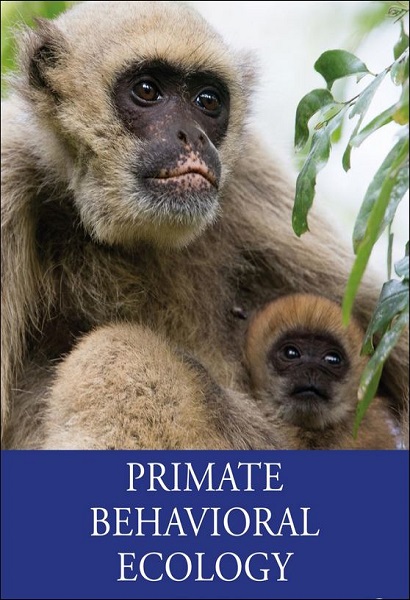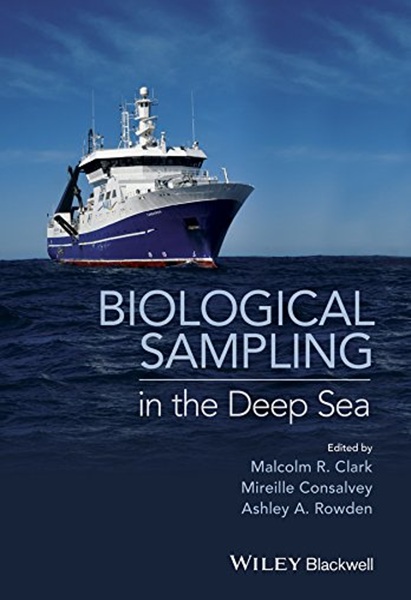Description
Camera trapping is a powerful and now widely used tool in scientific research on wildlife ecology and management. It provides a unique opportunity for collecting knowledge, investigating the presence of animals, or recording and studying behaviour. Its visual nature makes it easy to successfully convey findings to a wide audience. Camera Trapping for Wildlife Research provides a much-needed guide to the sound use of camera trapping for the most common ecological applications to wildlife research. Each phase involved in the use of camera trapping is covered: – Selecting the right camera type – Set-up and field deployment of camera trap – Defining the sampling design: presence/absence, species inventory, abundance; occupancy at species level; behavioural studies; community-level analysis – Data storage, management and analysis for research topic, with illustrative examples – Using camera trapping for monitoring and conservation. Each chapter is essential reading for students, scientists, ecologists, educators and professionals involved in wildlife research or management.. 459 p.

- Francesco Rovero, Editor. PhD in Animal Ecology; Ecologist and Conservation scientist. Currently works as Curator for Tropical Biodiversity at MUSE Science MUseum, Trento (Italy).
- Fridolin Zimmermann, Editor. PhD on Eurasian Lynx Conservation and Ecology; Carnovore Conservatin Scientist. Currently coordinator of the Large Carnovore monitoring in Switzerland at Carnivore Ecology and Wildlife Management, KORA, Ittigen (Switzerland).
- Publication date (digital version): 2016-06 – Pelagic Publishing.









You must be logged in to submit a review.